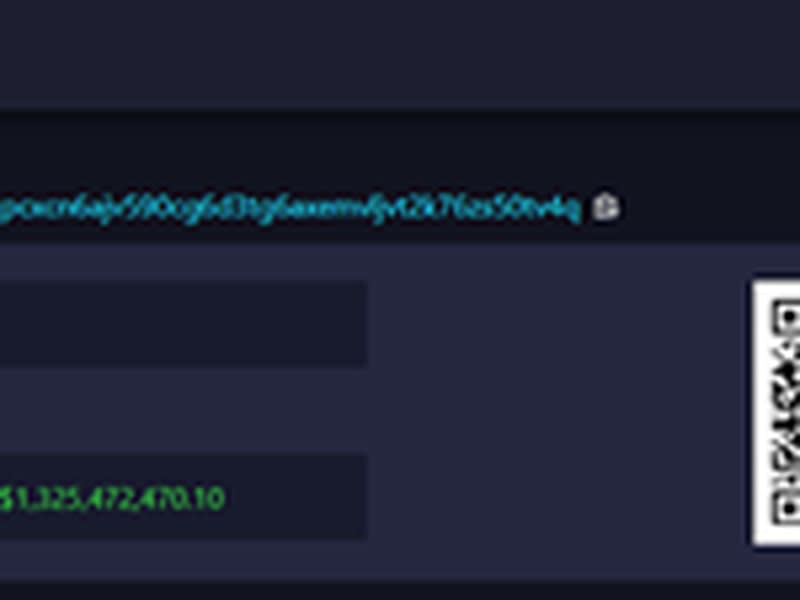Tracking Luna Foundation Guard’s Bitcoin Purchases
Don't miss CoinDesk's Consensus 2022, the must-attend crypto & blockchain festival experience of the year in Austin, TX this June 9-12.
It was recently announced that the Luna Foundation Guard (LFG), a nonprofit organization focused on the Terra blockchain protocol, might purchase $10 billion or more of bitcoin (BTC) to act as a reserve for the terraUSD (UST) stablecoin. While the specifics on how the BTC will be wrapped for use by the protocol are still in the works, thanks to the transparency of the Bitcoin blockchain we can see just how much bitcoin LFG has purchased.
Here’s how to monitor Luna Foundation Guard’s BTC purchases
CoinDesk has confirmed that the LFG’s bitcoin address is bc1q9d4ywgfnd8h43da5tpcxcn6ajv590cg6d3tg6axemvljvt2k76zs50tv4q.
The actions of the address – such as purchases or transfers – can be viewed using a block explorer or a full node. OKLink, a blockchain explorer, has also tagged the address as LFG’s. More conveniently, there is a Twitter bot that tracks the balance of the LFG wallet. As a result, we can track LFG’s progress as it builds up its bitcoin reserve.

As of writing, LFG is in the process of raising $3 billion, most of which has already been raised, to buy bitcoin and has purchased almost 28,000 bitcoin, worth ~$1.3 billion. Given the indication that LFG intends to hold more than $10 billion in bitcoin, there is more purchasing that LFG needs to do. Absent any large moves in BTC price, that could mean ~180,000 bitcoin of purchase volume in the coming months. Given there is more than $20 billion of bitcoin trading volume each day and that LFG has made most of its purchases in ~$125 million lots, it won’t have any issues filling its purchase orders.
Still, this is a meaningful slug of purchase demand.
What this could mean
Bitcoin has always been a permissionless, decentralized network that powers a fully transparent asset. So, if successful, UST could become a dollar stablecoin backed by a fully transparent asset. Right now, collateralized stablecoins like USDT and USDC are backed by dollars in reserve, but the amount of backing is only verified by accounting firms’ assurances. A dollar stablecoin with provable reserves might be seen by some analysts as an improvement on the current collateralized stablecoins where users need to trust, rather than verify, assets in reserve.
Read more: Just as Hal Finney Predicted, Bitcoin Is Being Purchased to Act as a Reserve Currency
This could be an important development for stablecoins. Stablecoin trading pairs – say, UST for ether (ETH) – make up a significant majority of crypto trading volume and, beyond that, they have potential payment use cases. As the economy, crypto or otherwise, increases dependence on stablecoins, the reliability of their peg becomes paramount. An important stablecoin project moving to a bitcoin backing could prove a useful development in the journey for fiat-pegged digital cash.

 Yahoo Finance
Yahoo Finance 